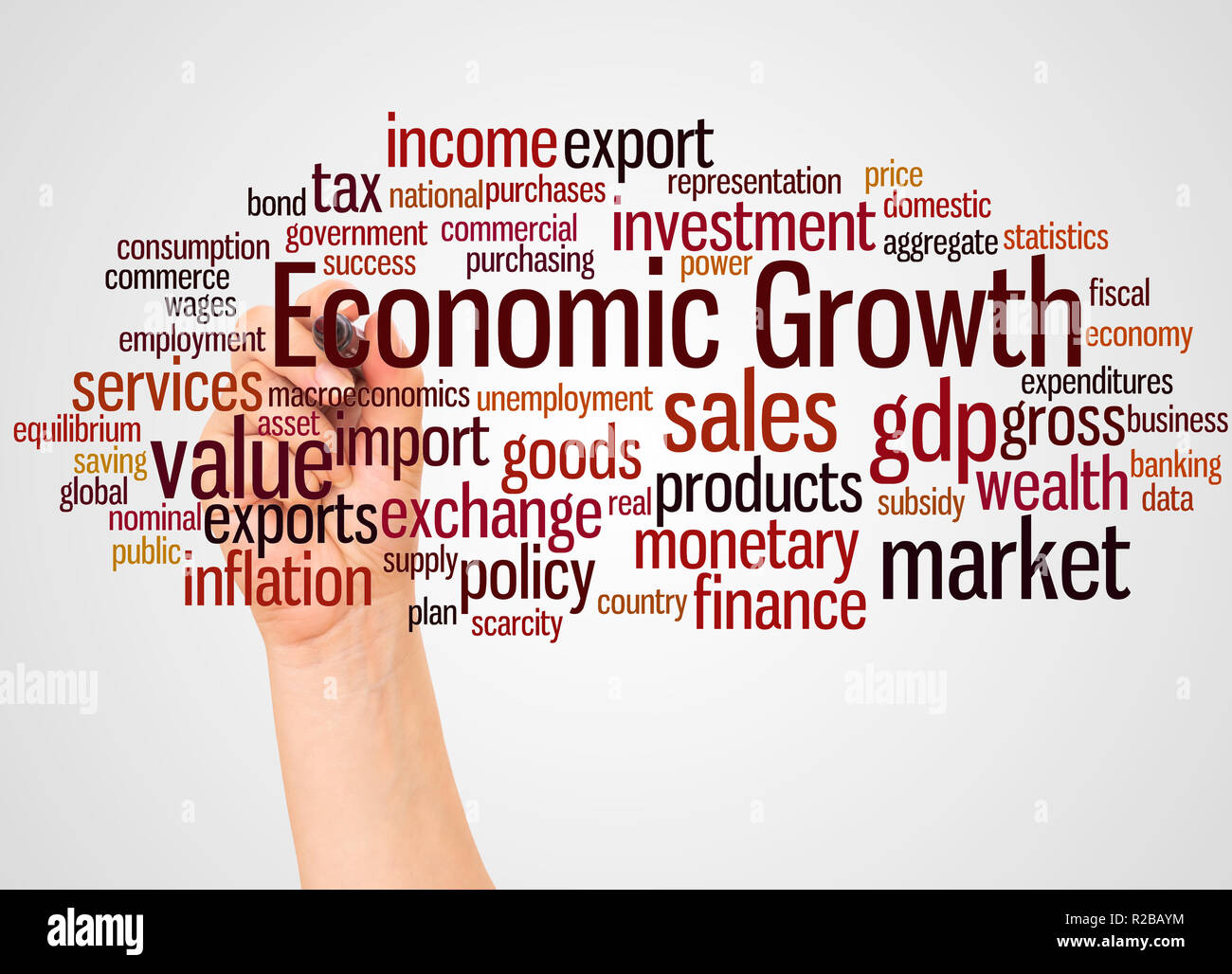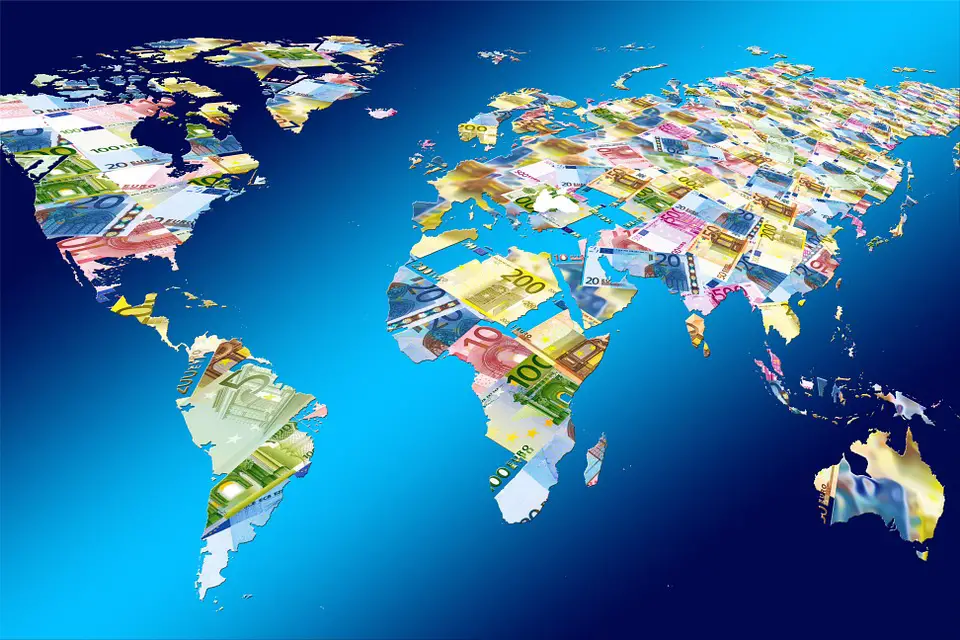Journey from the history of maternity hospitals to modern services
Paropakar Maternity and Gynecology Hospital BS. 2016 is the only gynecological hospital in Nepal.
The hospital delivers 22,000 to 24,000 women annually.
Paropakar Maternity and Gynecology Hospital is the only gynecological hospital in Nepal. This hospital is known as the maternity hospital. Established as an important institution in the health sector of Nepal, Paropakar Maternity and Gynecology Hospital is making an invaluable contribution to the health and safety of women and mothers.
This hospital has played a historic role in Nepal's health service, focusing especially on obstetrics, gynecology and newborn health.
Establishment and early history
Paropakar Maternity and Gynecology Hospital was established in BS. 2016. This hospital was established in the name of Indrarajya Lakshmi Devi Shah, the wife of the then King Mahendra Shah. At the time of its establishment, the hospital was provided with the help of Paropakar Sanstha by Singh Shamsher.
Indrarajya Lakshmi Devi Shah died due to infertility. This is why history mentions that a hospital was established in her name with the aim of preventing others from dying from such problems.
Paropakar Maternity and Gynecological Hospital is a proud health institution of Nepal, which has provided maternity and gynecological services to lakhs of women in a period of 66 years.
Expansion and Development
The hospital has made remarkable progress in a period of 66 years. Initially started with 40 beds, this hospital is currently operating with a capacity of 515 beds, and a proposal to expand to 700 beds has been submitted to the government. Every year, 22,000 to 24,000 women deliver here.
Along with maternity services, the hospital has been providing various gynecological services, which include treatment of uterine prolapse, uterine tumors, cancer, hemorrhage, ovarian tumors and fertility problems.
Specialized Services
The hospital has expanded specialized services over time. Paropakar Maternity Home is the first government hospital in Nepal to start IVF service for infertility treatment. This service is being systematically run at the IVF center in Kupandol.
There are plans to make this center a center of excellence, and so far, 5 provincial doctors and nurses have been trained.
This service has been started through a tripartite agreement with the Government of Nepal, the Department of Health Services, and UNFPA for the treatment of urinary incontinence. This service is provided free of charge, especially for women affected by complicated deliveries and surgeries. There are plans to send two doctors to Pakistan for training for this service.
The maternity home has also started newborn screening. The ‘New Born Screening’ service was started last year to identify hereditary disabilities. Seven hereditary diseases including thyroid, phenylketonuria, and thalassemia can be identified.
Out of 2000 newborns, 20 have been diagnosed and treated. Which will help reduce the mortality rate of newborns.
Fetal and maternal echocardiography facilities are also available. From which 6,100 patients are availing the service in a year. This service has been run in collaboration with experts from Gangalal Hospital and Bir Hospital for the heart examination of pregnant women and newborns. This service has eliminated the obligation of patients to pay expensive fees in private hospitals. It has helped in timely identification and treatment of heart-related problems, especially in complex pregnancies.
The hospital also has a mental health OPD facility, through which 1,800 patients have already benefited. The mental health OPD service has been started for the treatment of postpartum mental health problems.
What did Dr. Shree Prasad Adhikari do after becoming the director?
The current director, Dr. Shree Prasad Adhikari, has made significant improvements in the hospital in the last two years. Since he took over, four new counters have been added, two OPDs, one billing, and one pharmacy. The online ticketing system has been made systematic and advanced, which has eliminated the obligation of patients to stand in line. Services have been expanded in Kupandol since Asad 15, 2081. IVF services, infertility treatment, safe abortion and a nursing college have been brought into operation.
Since the infertility treatment service began, 9,100 people have come for infertility treatment. Out of these, 300 have already taken IUI and 43 have taken IVF services, says Dr. Adhikari.
The hospital has brought a simulation lab into operation. According to the hospital director, Dr. Adhikari, it was established with the aim of producing skilled manpower for the treatment and care of mothers and newborns. He said that treatment practices will be conducted without affecting any patient.
Fistula surgery has also been started. This service is being run for the first time in a government hospital, which provides free treatment to women affected by complicated childbirth.
Former director Dr. Sheela Verma's statement
Former director Dr. Sheela Verma says that the maternity hospital feels like a family home to her. “I have always been impressed by the dedication and support of the staff and employees here,” she says. “I am proud to work here.”
Dr. Barma says that during her tenure, she implemented the Mater Suraksha program, which spread throughout Nepal. The program served many women, but there were also challenges due to lack of resources. The dedication of the team here and the excellent service the hospital provides She says that the desire to dance has brought this organization to this point.
She said that the Maternal Safety Program has contributed significantly to reducing maternal mortality in rural areas of Nepal. This is mentioned in the report of the Ministry of Health.
Challenges of the hospital
Although the hospital has made a lot of progress over time, some challenges remain. The hospital buildings are old, and there is a problem of water leakage during the rainy season. Director Dr. Adhikari says that a new building and cabins are needed.
The hospital is currently run by the committee's staff and contract employees. If the proposal for 700 beds is approved, staff and services can be added. The budget is also decreasing every year, which she complains is hindering the expansion of services. Patients are inconvenienced by the lack of parking and space.
A symbol of service and dedication
The maternity hospital, born from the tragic incident of the royal family, has today become a trusted friend of service recipients from all levels of Nepal. This hospital has been providing special services not only to women from low and middle income groups, but also to the upper middle class. The hospital currently provides OPD services to over 100,000 patients annually, which is significant compared to other government hospitals in Nepal.







